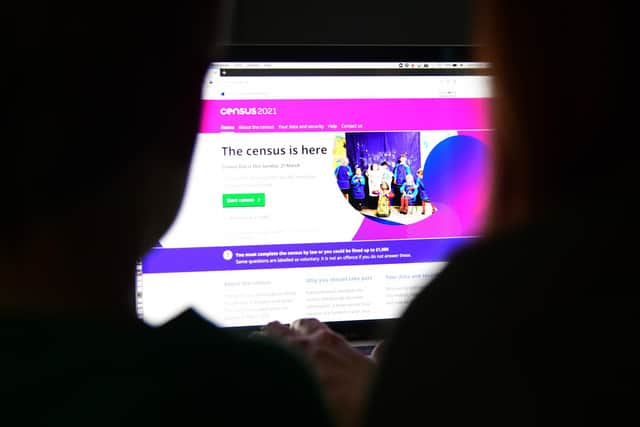Census 2021: The three most deprived areas in Preston, Chorley and South Ribble revealed
and live on Freeview channel 276
The figures come as part of a more detailed set of results from the snapshot of England and Wales captured in March last year.
As part of the 2021 census, households in England and Wales were classified in terms of four different "dimensions of deprivation", which are based on certain characteristics.
Advertisement
Hide AdAdvertisement
Hide AdThe first is where any member of a household, who is not a full-time student, is either unemployed or long-term sick, and the second covers households where no person has at least five or more GCSE passes or equivalent qualifications, and no 16 to 18-year-olds at the home are full-time students.


The third dimension is where any person in the household has general health that is “bad” or “very bad” or has a long-term health problem, and the fourth where the household’s accommodation is either overcrowded or is in a shared dwelling, or has no central heating.
Office for National Statistics data show 53.4% of households in Preston were deprived in at least one of these "dimensions" when the most recent census was carried out.
It meant the area stood above the average across England and Wales, of 51.7%. However, it represented a drop from 59.1% at the time of the last census in 2011.
A further breakdown reveals which of the area's 17 neighbourhoods were most affected by deprivation last year.
Advertisement
Hide AdAdvertisement
Hide AdThese are the three areas with the highest deprivation rates in Preston, Chorley and South Ribble:
Preston:
1) St George's – 68.6% of households here were deprived in at least one dimension at the time of the 2021 census, down from 78.7% in 2011
2) St Matthew's – 66.5%, falling from 74.1% in 2011
3) Ribbleton – 65.8%, a drop from 72.4% in 2011
By contrast, the neighbourhood with the lowest level of deprivation was Broughton and Wychnor, at 33.9% of households in that area.
Chorley:
1) Clayton Brook – 59.5% of households here were deprived in at least one dimension at the time of the 2021 census, down from 64.4% in 2011
2) Chorley East – 57.2%, falling from 64% in 2011
3) Chorley Town and South – 53.3%, a drop from 59.1% in 2011
By contrast, the neighbourhood with the lowest level of deprivation was Whittle-le-Woods and Anglezarke, at 37.9% of households.
South Ribble:
1) Seven Stars – 59.6% of households here were deprived in at least one dimension at the time of the 2021 census, down from 63.7% in 2011
Advertisement
Hide AdAdvertisement
Hide Ad2) Lower Penwortham South – 55.9%, falling from 59.6% in 2011
3) Leyland South West – 55.6%, a drop from 59.8% in 2011
